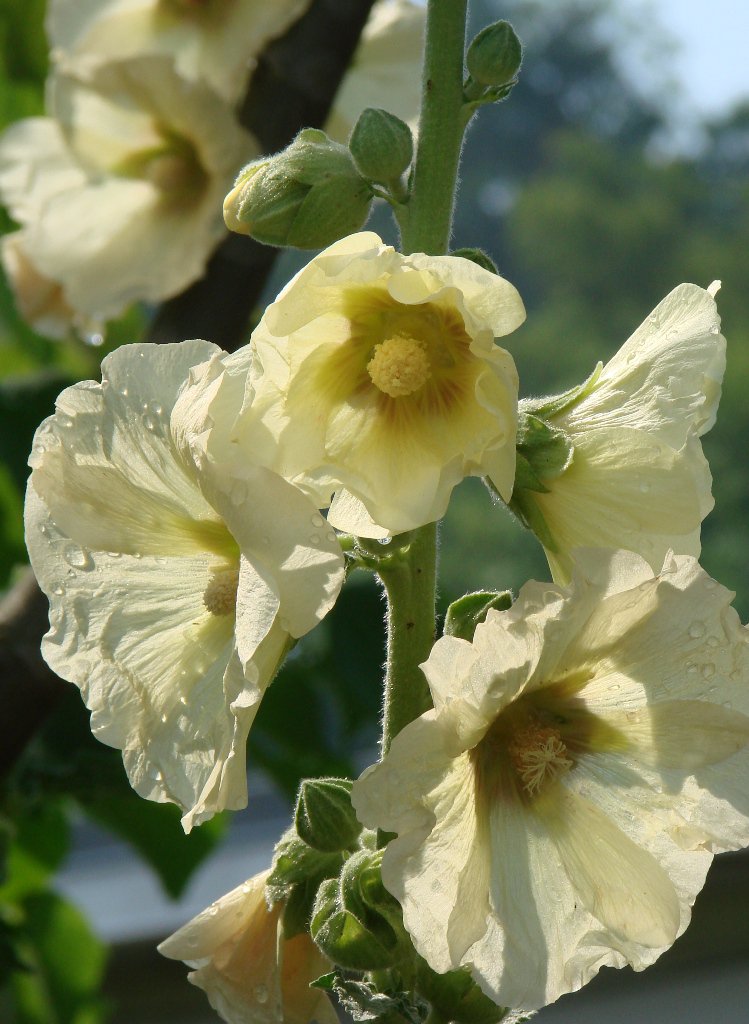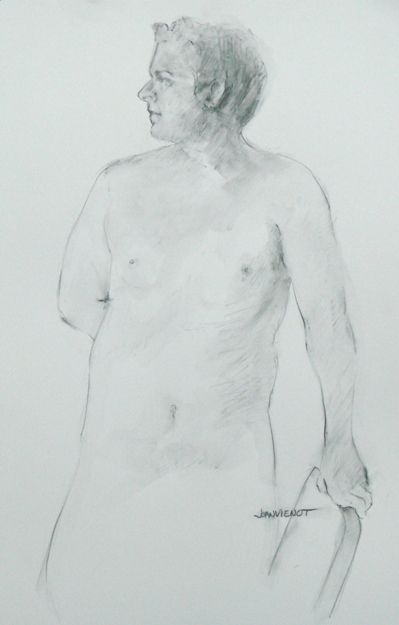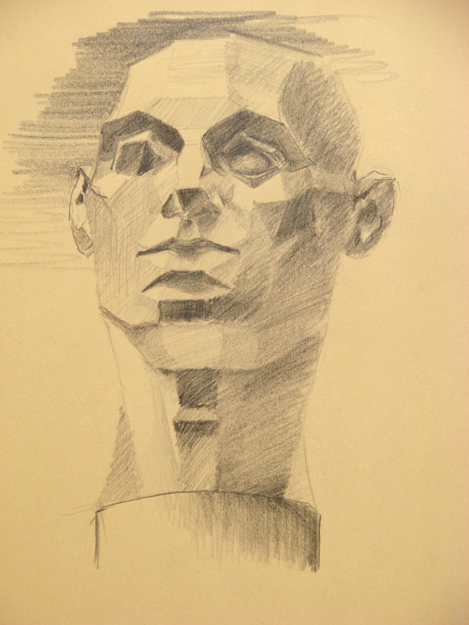My best friend Leslie Kolovich‘s home and studio look out over the beautiful wetlands of Camp Creek Lake, one of the rare coastal dune lakes of Walton County in Northwest Florida. True coastal dune lakes, which periodically exchange water with the sea, exist in only a few places in the world. Ginger Jackson Sinton has written a book about our lakes, Rare Coastal Dune Lakes: Biodiversity and a Sense of Home. A contributor to SoWal.com, she writes, “Walton County defines coastal dune lakes as shallow bodies of water located within two miles of the coast that occasionally intermingle with the Gulf. The lakes are composed of both fresh and saltwater from tributaries, groundwater seepage (from the uplands and the Gulf), rainfall, and coastal storm surges. Their levels rise and fall due to frequency, strength, and duration of storm activity, tidal flows and wind conditions. When water levels reach a critical point the lowest level of the beach opens up, creating a temporary outlet, or outfall, into the Gulf.” (Click for whole article.)
This past Wednesday afternoon found me at Leslie’s studio. The late afternoon sun was painting the top of the marsh grasses with golden light. Leslie has often said that I should paint from her upstairs porch, so we went up for a look, and I immediately went back out to my pickup to get my painting backpack. Early morning and late afternoon light require fast work because the light and shadows are changing so fast. Leslie shot a few short videos showing the progress of my work. I had toned an 8×10 canvas panel a light muted tannish-green, and I chose that panel for this painting so I wouldn’t be worried about white glaring through if my brush skipped over any of the canvas — an unnecessary concern as I painted alla prima impasto.
Below are five of the videos Leslie shot, sometimes with talking, sometimes not. It’s difficult for me to talk while I’m painting, and Leslie and I had a few laughs about that as I sometimes struggled for words!








































